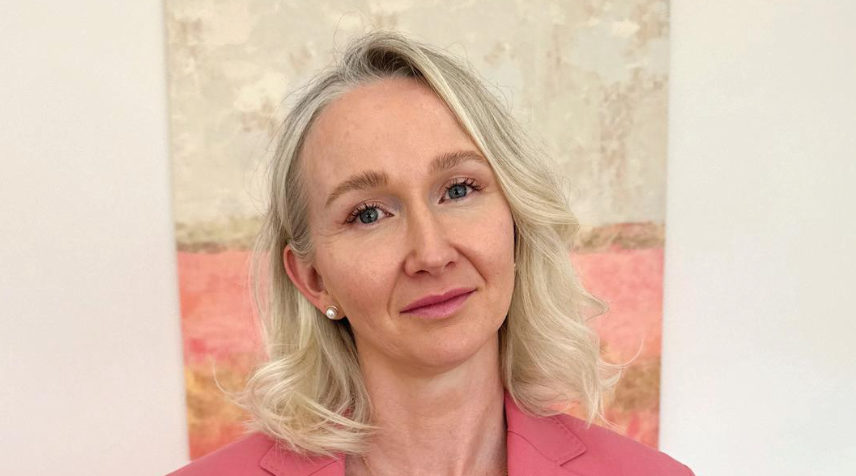
5 minute read
Is Imitation the Best Form of Flattery... or Something more Sinister?
By Emily Ciardiello
We’ve all heard it, right? ‘Imitation is the sincerest form of flattery,’ but if you’ve ever been copied - especially in business - you know that flattery often comes with a catch and maybe a slight sour taste in your mouth.
At Foil Me, imitation has become so common it’s now part and parcel of being a trailblazing brand. Still, wrapped up in that parcel is a deeper question: Is imitation truly a compliment, or is it actually something more threatening?

When Innovation Becomes the Blueprint
When we introduced our pre-cut foils – with our pioneering sizes Wide, Extra Wide, Long, and Long Wide - our mission was clear: Empower hairdressers. Support creativity. Provide tools that actually improve and simplify their work. And it worked. These innovations aren’t just convenient - they have changed the game. BUT…
Success often draws imitation. We started seeing (and still see) our carefully crafted ideas replicated by others. It is disheartening and honestly - it felt and feels personal. I don’t care about those who say you should keep emotions out of business - Foil Me is not just a business, it’s a being; an entity that lives and breathes from collaboration, passion, and purpose. Our foils weren’t created randomly - they were shaped by years of listening to colourists, testing, refining, and investing our time, energy and creativity into every product.
Yet, lately, I have realised something important: even if others are copying us, they are also spreading the standard we have set. The industry is rising - and part of that rise is because of us. Our vision to elevate hairdressers in society’s eyes has come to fruition.
The Rise of the Pink
Take, for example, the launch of our pastel pink foil released in 2017The Knobel.
It wasn’t just about aesthetics - it was about emotion. We wanted hairdressers to feel inspired, elegant, and elevated. And we wanted their guests to feel like their experience mattered - even in the “processing” stage.
It quickly became one of our most recognisable and loved foils. But not long after, similar shades of pink began showing up everywhere - with similar packaging and font, even our messaging was palmed off as their own.
And yes – it is still happening.
It’s disappointing. Not because we don’t want others to succeed, but because many of these brands pretend it was their idea. That makes my blood boil - because when others benefit from someone else’s vision without credit, it’s not flattery, it’s theft.
But here’s the thing - like with our sizes and embossing, there’s been an unexpected upside: our innovation has elevated the experience for both hairdressers and clients.
All over the world, guests with a head of foils were no longer hiding under capes or feeling awkward in the “in-between” stage of their appointment. Pink in that shade made the process feel beautiful, intentional, and ‘Instagram-able’. The Knobel collection helped shift foiling from something clinical, to something joyful.
So, even if others jumped on the wave, I know that under the surface - it was our energy, our intention, and our connection with the hairdressing community that started it.
Imitation in History
So, in that case, is copying a good thing? Well, if we turn to history and seek out where imitation has played a major role in shaping society, you may think so. For example: Henry Ford didn’t invent the car, but his assembly line changed the world. Apple’s iPhone sparked a revolution - and soon, everyone followed. Gutenberg’s printing press was copied rapidly, leading to mass literacy and global progress.
And within hairdressing?
In the 1960s, Vidal Sassoon’s precision cutting changed everything. His five-point cut and modern shapes were copied across the world. And rightfully so - they became the foundation of haircutting education today.
Fast forward to the 2010s with Olaplex. The first real bond-builder that made bleaching safer. It didn’t take long for copycat “plex” products to appear. And while many weren’t as effective, they did help push the industry toward better hair health standards. They were copied - but it only amplified their legacy and improved the industry.
Copying with Consequences
Still, not all imitation is deemed positive - where it gets murky is when competitors copy a product, then claim the narrative as their own. Acting like they, too, spent years consulting with colourists and crafting the solution. That they developed the idea because they are hairdressers and know what hairdressers want. No. They blatantly copied a good idea and passed it off as their own. Let’s be honest here.
That’s not flattery. That’s fabrication. It confuses the market, erodes trust, and disrespects the hard work that real innovation requires.
So, where to from here? Imitation can push industries forward. It proves an idea has value - enough to be copied and adapted.
But recognition matters.
Creators deserve to be acknowledged. Because when innovation is recognised, it fuels more creativity. When it’s not, it can be frustrating and impede future projects from fear of being copied.
Where Do You Stand?
I’d love to hear your perspective. Have you ever had your work, ideas, or vision copied? Did it inspire you to grow - or did it demotivate you? Should we celebrate originality more and who is responsible for doing that?
Something for us to think about.
As always, be kind during your grind and keep re-evaluating what we want and need from our industry.

